Article from Issue #58 (June 7, 2023)
A Beginner's Guide to Palmistry
by Sage Goddess
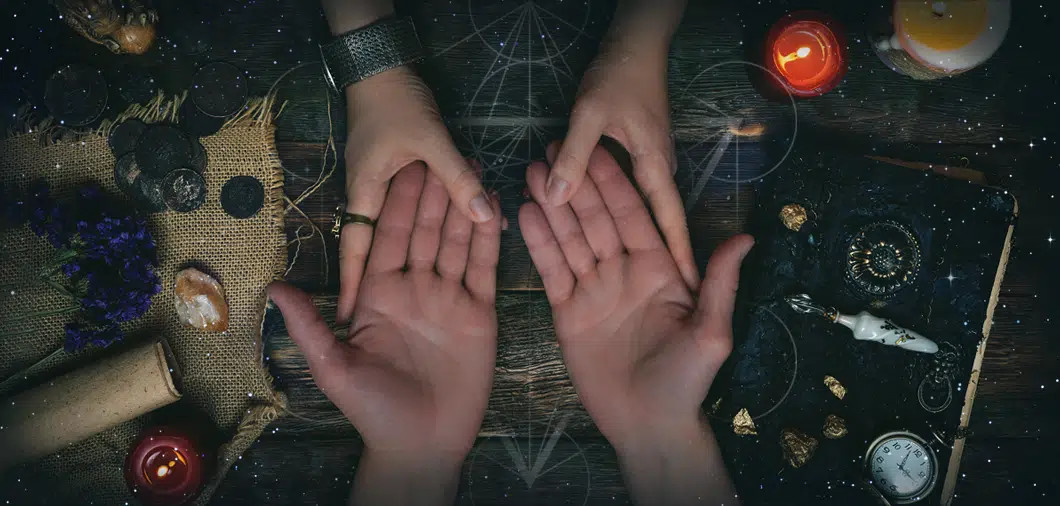
Source: Sage Goddess
Have you ever looked at your hands and wondered what they might reveal about your life and personality? If so, you’re not alone. Palmistry, also known as chiromancy, is an ancient art that involves analyzing the lines and shapes of the hand and fingers to gain insight into a person’s character, aptitudes, and future. In the world of palmistry, your hands are more than just a physical feature — they are powerful tools for unlocking the mysteries of the soul. Allow yourself to be enchanted by this ancient art and discover the magic within your own palms.
History of Palmistry
The history of palmistry can be traced back to the ancient civilizations of Greece, India, and China, where it was used as a tool for divination and self-discovery. The word ‘chiromancy’ comes from the Greek words cheir, meaning ‘hand,’ and manteia, meaning ‘divination.’ In Greece, palmistry was practiced by philosophers and scholars. In India, palmistry was known as ‘hastha samudrika’ and was a valued tool for diagnosing illnesses and predicting the future. The ancient Chinese practice of palmistry, known as ‘xiang siu,’ involved analyzing the shapes and lines of the hands to gain insight into a person’s character and potential. Throughout history, palmistry has been both revered and ridiculed by skeptics. However, for those curious about the power of palmistry, the hands are a gateway to the soul, revealing secrets waiting to be unlocked.
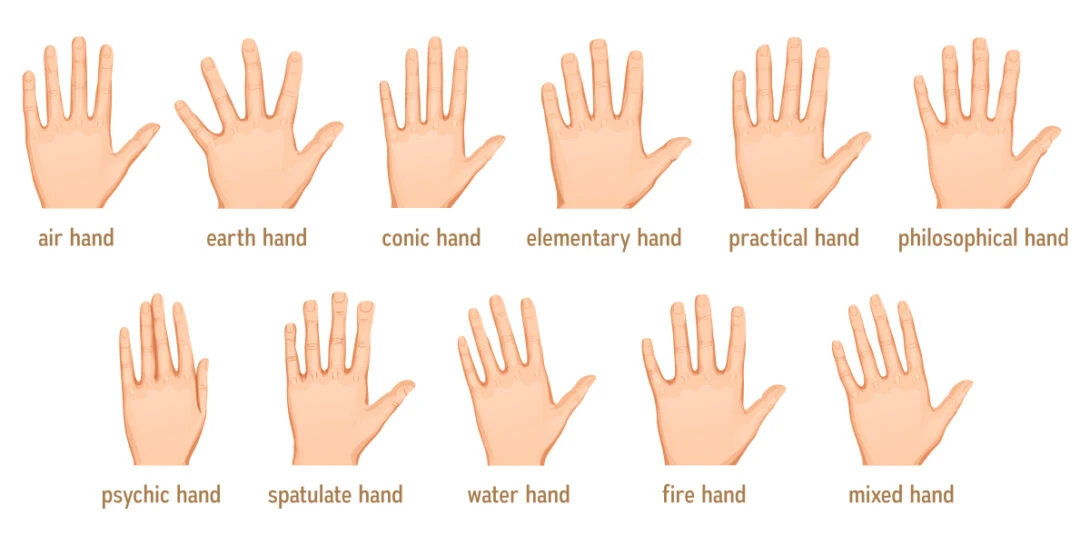
What the Shape of Your Hand Says About You
One of the most important aspects of palmistry is understanding the different shapes of the hand, as each shape is associated with particular personality traits and potential. The following are the four most common hand shapes and what they reveal about a person.
- Earth hands have square-shaped palms and short fingers. They are typically associated with practicality, reliability, and a grounded nature. People with earth hands are well-suited for careers in building, engineering, or other hands-on professions.
- Air hands have square-shaped palms and long fingers. They are typically associated with intelligence, communication, and a curious nature. People with air hands are well-suited for careers in writing, teaching, or other intellectual pursuits.
- Water hands have long, more oval-shaped palms and long, slender fingers. They are typically associated with emotionality, sensitivity, and intuition. People with water hands are well-suited for careers in the arts, counseling, or other service-oriented professions.
- Fire hands have rectangular-shaped palms and short fingers. They are typically associated with passion, ambition, and a desire for action. People with fire hands are well-suited for business, athletics, or other high-energy professions.
The Secret Language of Your Fingers
In addition to hand shape, the length and shape of the fingers also hold significant meaning. Each of the five fingers is associated with a particular planet or astrological influence, which can reveal important details about your strengths, opportunities, and overall temperament. Whether your fingers are long or short, thin or thick, the shape of each digit can provide valuable insights into your character and potential.
- The thumb is associated with Venus, which is connected to love, beauty, and pleasure. In palmistry, the thumb represents a person’s willpower, drive, and ability to manifest desires.
- The index finger is associated with Jupiter, which is connected to expansion, beliefs, and wisdom. In palmistry, the index finger represents a person’s ambition, confidence, and decision-making ability.
- The middle finger is associated with Saturn, which is connected to responsibility, discipline, and manifestation. In palmistry, the middle finger represents a person’s work ethic, sense of duty, and commitment to achieving their goals.
- The ring finger is associated with the Sun, which is connected to purpose, vitality, and self-expression. In palmistry, the ring finger represents a person’s artistic abilities, charisma, and potential for success.
- The little finger is associated with Mercury, which is connected to communication, perception, and logic. In palmistry, the little finger represents a person’s ability to express themselves, flexibility, and social skills.
Your finger length reveals unique aspects of your personality. Those with long fingers are often creative, sensitive, and detail-oriented. They may have a tendency towards perfectionism and enjoy introspection. On the other hand, those with short fingers are often practical, efficient, and action-oriented, preferring to get things done rather than dwell on details. The four different shapes of fingers also add another layer of fascinating insights into your personality and approach to life.
- Spatulate fingers flare out at the tip, like a spatula, and are associated with energy, assertiveness, and a love for adventure.
- Conic fingers taper towards the tip, like a cone, and are associated with sensitivity, intuition, and a love for beauty.
- Square fingers are straight and even in shape with a square tip and are associated with practicality, reliability, and a love for order.
- Round fingers are narrow and rounded at the tip and are associated with creativity, intuition, and a love for innovation.
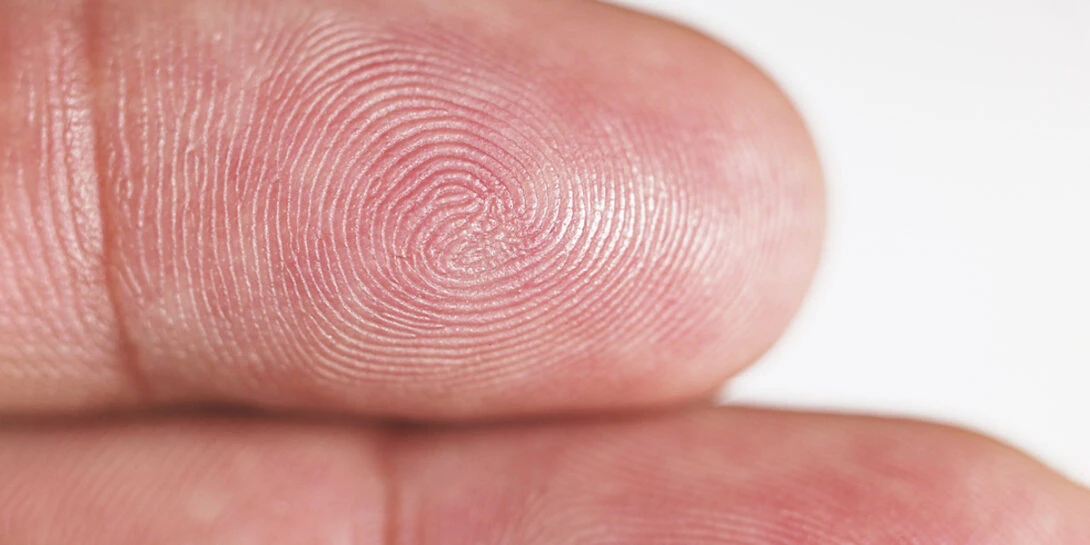
Cracking the Fingerprint Code
Your fingerprints are as unique as you are, and in palmistry, they hold significant meaning when it comes to your character and potential. By understanding the four different types of fingerprints and their interpretations, you can gain valuable insights into your strengths, weaknesses, and overall temperament.
- Arch fingerprints are the simplest type of fingerprint, with ridges forming a smooth curve across the finger — like a tent.
- Associated with practicality, reliability, and a grounded nature.
- Indicates a no-nonsense approach to life.
- Only about 5% of the population has arch fingerprints.
- Loop fingerprints are the most common type of fingerprint, with ridges forming a loop shape on one side of the fingertip.
- Associated with adaptability, flexibility, and a capacity for change.
- Indicates an open-minded and creative nature.
- About 60-65% of the population has loop fingerprints.
- Whorl fingerprints have ridges forming a circular or spiral pattern around a central point — like the picture above.
- Associated with complexity, depth, and an analytical mind.
- Indicates curiosity, intelligence, and an ability to see the big picture.
- About 30-35% of the population has whorl fingerprints.
- Composite fingerprints have a combination of two or more of the other types of fingerprints, such as a loop and whorl together.
- Associated with versatility, resourcefulness, and a multi-faceted personality.
- Indicates various interests and abilities and an ability to adapt to different situations as needed.
- Less than 5% of the population has composite fingerprints.
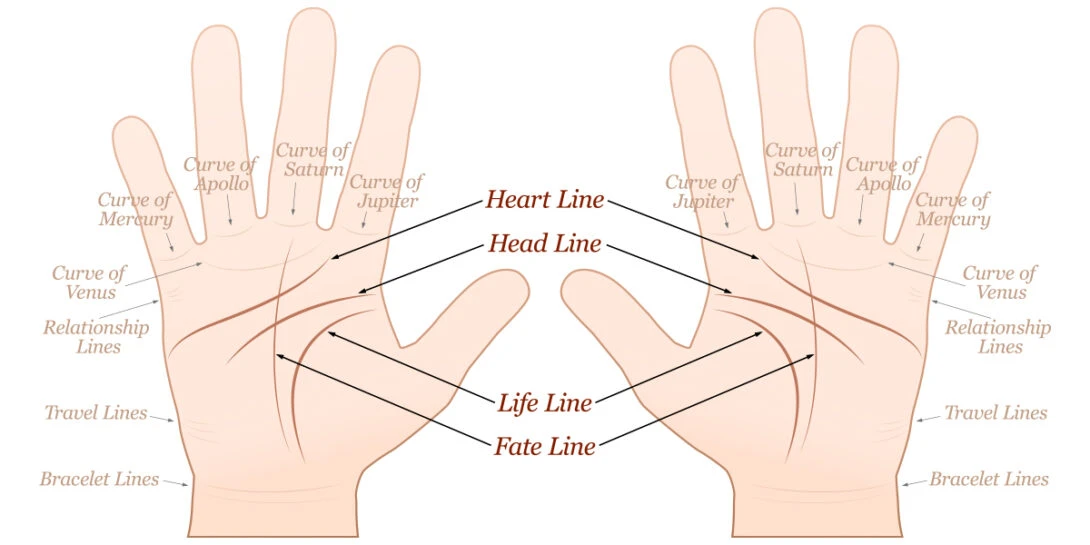
Reading the Palm’s 5 Most Important Lines
Among palmistry’s most fascinating and widely studied lines are the life line, heart line, head line, fate line, and relationship lines — each offering unique insights into your character and potential.
- Life Line:
- Located near the base of the thumb, this is often the first line people look at in palmistry.
- Contrary to popular belief, the life line doesn’t indicate how long a person will live, but instead signifies overall health, energy, and vitality.
- A strong and unbroken life line can indicate good health and stamina, while a faint or broken life line may suggest health issues or periods of low energy.
- Heart Line:
- This line is located above the life line and represents emotional stability and relationships.
- The length and depth of the heart line can indicate a person’s capacity for love, as well as their approach to relationships.
- A deep and unbroken heart line can indicate a passionate and committed nature, while a short or faint heart line may suggest emotional distance or a fear of intimacy.
- Head Line:
- This line is located below the heart line and represents intelligence and intellectual abilities.
- The length and shape of the head line can reveal a person’s communication skills, reasoning abilities, and learning style.
- A long and deep head line indicates a quick and analytical mind, while a short or faint head line suggests a more intuitive or creative approach to problem-solving.
- Fate Line:
- This line is located vertically in the center of the palm and represents career, success, and fulfillment.
- The depth and shape of the fate line can reveal a person’s ambitions, career path, and level of success.
- A strong and unbroken fate line can indicate a clear career path and strong sense of purpose, while a faint or broken fate line may suggest multiple careers, uncertainty, or lack of direction in one’s career.
- Relationship Lines:
- These horizontal lines are located under the little finger, above the heart line on the outer edge of the palm, and indicate the quality and duration of a person’s romantic relationships.
- The length, depth, shape, and number of relationship lines can reveal important information about a person’s love life, including their approach to romantic relationships, challenges they may face in love, and their potential for long-term commitment.
- A deep and unbroken relationship line can indicate a passionate and committed nature in love. In contrast, a short or faint relationship line may suggest a focus on other areas of life, a fear of intimacy, or difficulties forming lasting romantic connections.
Conclusion
Palmistry is a timeless tool for self-discovery that empowers you to unlock your full potential. By studying the lines and shapes of your hands and fingers, you can tap into your inner wisdom and uncover your true purpose. Your hands reflect your personal journey, and by embracing their unique features, you can unlock the hidden treasures within yourself. So take a closer look at your hands, and let the power of palmistry guide you toward a brighter future filled with meaning, purpose, and endless possibility.
Are you ready to breathe magic into your life? It’s time to unlock your power and your possibility. Join my Living Magic program to bring magic to your everyday life. Each month, we’ll embark on a journey of experiential sessions that cover ways to practice everyday magic, including crystal wisdom and healing, astrology, and sound healing.
Do you love harnessing the energy of the Moon in all her phases? Join my Astrology & Moon Magic community on Facebook, where we share educational tidbits on working with Moon energy, learn about astrology, and engage in lively, wild conversations with other like-minded people.
Are you curious about the medicine of gemstones and crystals? Join my Gems & Crystal Magic community on Facebook, where we share tips and tools for harnessing the magic of gemstones and crystals, educate you on the properties of the most popular stones available on the planet today, and engage in lively, wild conversations with other like-minded people.
Are you a perfume lover like I am? Do you know the healing magic of the oils that are used to make all of our perfumes? Join my Perfume & Aromatherapy Magic community on Facebook, where you can learn about the properties of certain essences, discover how to work with certain blends to manifest your intentions, and engage in lively, wild conversations with like-minded people.
I absolutely love and encourage all magical feedback from my readers! However, I do not regularly moderate comments on the Sage Goddess blogs. So if you have a specific question or query that you’d like us to answer, please contact us via our Facebook page.
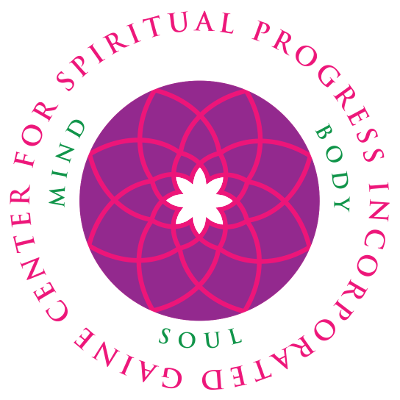
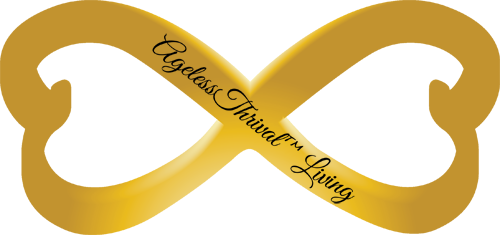
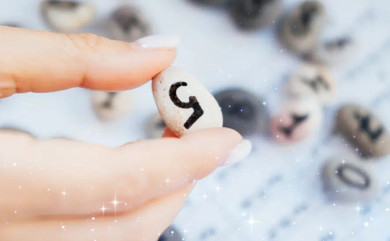 Harnessing the Manifestation Magic of 5/5
Harnessing the Manifestation Magic of 5/5 October 2023 Rare New Moon Annular Solar Eclipse in Libra
October 2023 Rare New Moon Annular Solar Eclipse in Libra